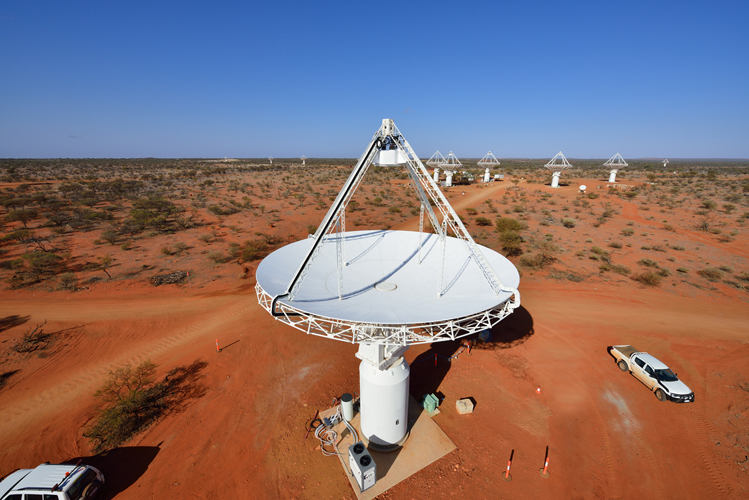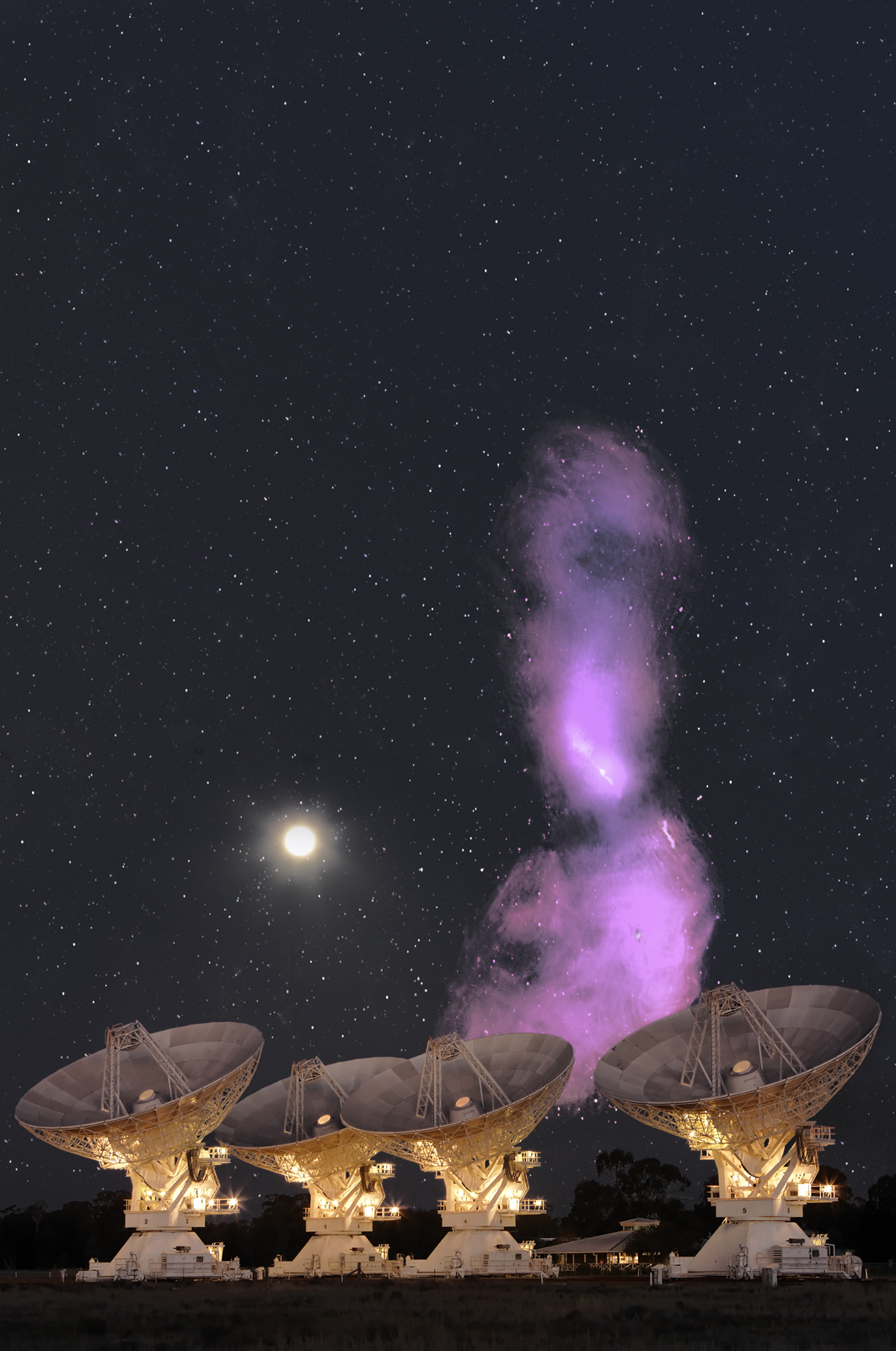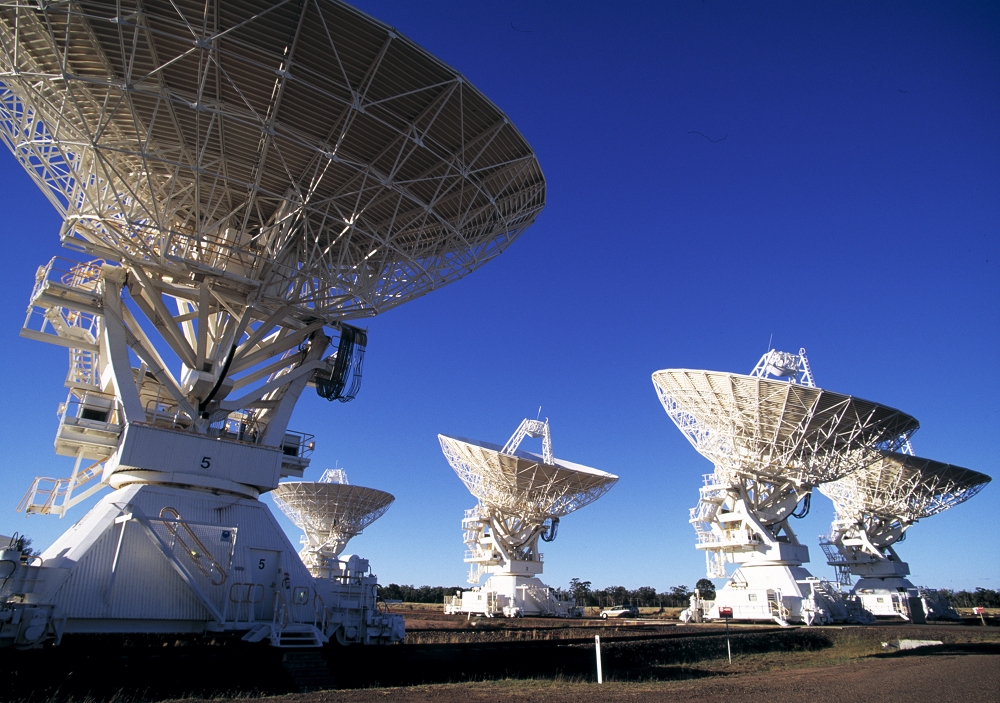PhD student Joe Callingham. Joe is co-supervised by the University of Sydney and CSIRO, and is also affiliated with CAASTRO, the ARC Centre of Excellence for All-Sky Astrophysics. Photo: CAASTRO
A galaxy that ‘died’ around the same time as England’s King Richard III may help astronomers improve their cosmic accounting.
According to PhD student Joe Callingham, this galaxy, a strong radio source called PKS B0008-421, gave up the ghost just 550 years ago — about the time the Wars of the Roses were raging in England.
In astronomical terms, that’s the blink of an eye.
The Battle of Barnet (1471), a key clash during the Wars of the Roses. Richard III was killed in 1485, at the Battle of Bosworth. (Public domain image.)
PKS B0008-421 was discovered with our Parkes radio telescope in the 1960s.
At first glance, it’s a completely boring source. Just a dot in the sky, it has doesn’t seem to have changed since it was discovered: not grown stronger or weaker, or changed shape or size.
But an unchanging source like this is actually really valuable to radio astronomers: they use it as a reference, a calibrator, to monitor the performance of their telescopes.
From time to time calibrators have to be observed in their own right, to check that they have not, in fact, changed. So there are lots of observations of PKS B0008-421, dating back to the 1960s.
Joe plotted up this historical data, plus more recent observations made with our Compact Array (which detects short radio waves) and the Murchison Widefield Array (which detects longer radio waves).
And he found something interesting.
CSIRO’s Compact Array radio telescope. (Image: D. Smyth).
PKS B0008-421 is thought to be a baby radio galaxy — small, but with an active black hole pumping out radio-emitting particles.
It has a very sharply peaked radio spectrum, and so is classified as a gigahertz peaked spectrum or GPS source.
Since the 1960s astronomers have had a model, an explanation, for how GPS sources work and the sharply peaked curve their radio spectrum follows.
But Joe found that the conventional model didn’t fit PKS B0008-421 as well as an alternative one.*
This could shake up astronomers’ ideas about the age of GPS sources and the environments they live in.
What’s more, Joe could make the models fit the data only by assuming that the galaxy’s central black hole had stopped spitting out high-energy particles about 550 years ago.
In other words, the black hole has ‘turned off’. PKS B0008-421 is now slowly dying.
Once a source like this has turned off, it will fade rapidly — unless it is cocooned in dense gas. We think PKS B0008-421 has this dense gas.
New low-frequency radio telescopes such as the Murchison Widefield Array should be able to pick out more dying, gas-swaddled sources like PKS B0008-421.
The Murchison Widefield Array. Photo: Curtin University
What does this have to do with ‘cosmic accounting’?
As we said, PKS B0008-421 is thought to be a baby radio galaxy.
If all went well, this galaxy and others like it would eventually grow into giant radio galaxies. These can be as big as a whole bunch of galaxies the size of our Milky Way.
The problem is, we can find many more babies than we can giants.
If we could find many radio galaxies that have died young, we might be able to reconcile the numbers of small, young radio galaxies and old, giant ones.
To get a handle on what’s happening inside galaxies like PKS B0008-421 — how they make their radio waves — we need to know how dense the hydrogen gas inside them is. This problem should be licked by a survey such as FLASH, which will run on our ASKAP telescope.
Joe recently presented his work at a meeting in Italy.
*Note for nerds: the conventional model to explain the radio emission is synchrotron self-absorption; the alternative model is free-free absorption.

An elevated view of our ASKAP antennas at the Murchison Radio-astronomy Observatory. Credit: CSIRO.
—–

A near-to-full moon shines brightly above four antennas of the CSIRO Australia Telescope Compact Array at Narrabri in north-western NSW.
The giant radio galaxy Centaurus A, to scale on the sky. The Compact Array image of it is the most detailed ever made. I. Feain, T. Cornwell, R.D. Ekers, R. Morganti, N. Junkes. ATCA photo: S. Amy





